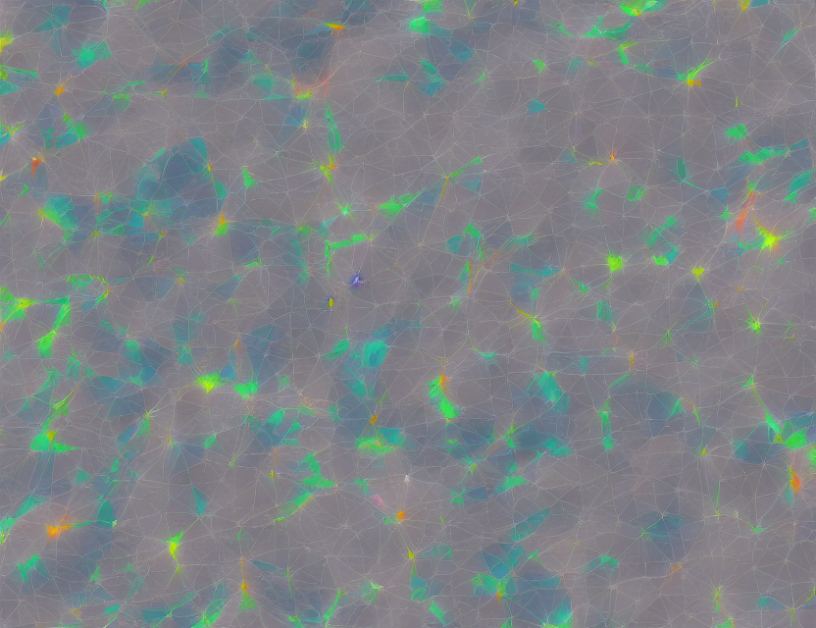Face clustering is the process of grouping faces into categories based on their similarities. This technique has numerous applications in various fields, including face recognition, image and video indexing, and human-computer interaction. In this article, we will delve into the world of face clustering, discussing the different approaches, techniques, and algorithms used to categorize faces.
Classic Unsupervised Clustering Methods
Classic unsupervised clustering methods are based on the assumption that faces in an image or video are similar if they are taken from the same individual. These methods include:
-
Lloyd’s Algorithm: Lloyd’s algorithm is a popular method for clustering faces based on their similarity. It works by computing the distance between each face and every other face in the dataset, and then grouping them into clusters based on their proximity.
-
Ester et al.’s Method: Ester et al.’s method uses a similar approach to Lloyd’s algorithm but with some modifications to improve its efficiency and accuracy. It first computes the distance between each face and every other face, then it selects the k closest faces and forms a new cluster from them. This process is repeated until all faces are assigned to a cluster.
Supervised Methods Based on Graph Convolutional Networks
Supervised methods based on graph convolutional networks (GCNs) have gained popularity in recent years due to their ability to learn complex representations of faces. These methods include:
-
L-GCN: L-GCN predicts the linkage on subgraphs by deploying a GCN. It first constructs a graph using the face features, then it applies a GCN to learn the node representations, and finally it clusters the faces based on their similarity.
-
DS-GCN: DS-GCN utilizes two-stage GCNs to cluster faces. The first stage generates node representations using a GCN, and the second stage clusters the faces based on their similarity.
-
VE-GCN: VE-GCN uses a two-stage approach similar to DS-GCN but with some modifications to improve its performance. It first applies a GCN to learn the node representations, then it applies an edge classification network to classify the edges, and finally it clusters the faces based on their similarity.
Structure-Preserved Sampling Strategies
Structure-preserved sampling strategies are designed to reduce the computational complexity of graph convolutional networks while preserving their ability to capture complex face representations. These methods include:
- STAR-FC: STAR-FC proposes a structure-preserved sampling strategy to train edge classification GCNs. It first selects a subset of faces that are most likely to be from the same individual, then it applies a GCN to learn their representations, and finally it clusters the remaining faces based on their similarity.
Conclusion
Face clustering is an essential technique in various applications, including face recognition, image and video indexing, and human-computer interaction. There are several approaches and techniques used for face clustering, including classic unsupervised methods and supervised methods based on graph convolutional networks. By understanding the different methods and their strengths and weaknesses, we can choose the most appropriate technique for our specific application. Whether we are dealing with a large-scale complex dataset or a small dataset with high accuracy requirements, there is always a face clustering method that can help us achieve our goals.



